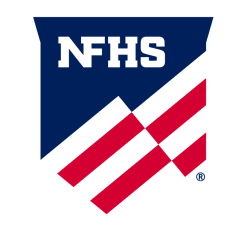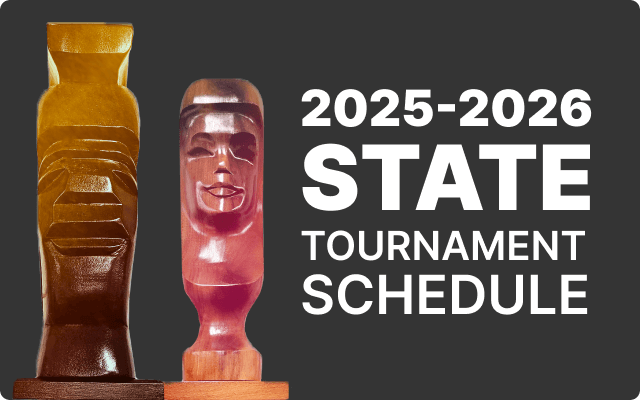INDIANAPOLIS, IN (June 27, 2019) — The expansion of exchange zones
in short relay events, which does not require tracks to be
repainted/resurfaced, as well as assisting injured athletes, are among
the rules changes for high school track and field and cross country.
Seven
rules changes were recommended by the National Federation of State High
School Associations (NFHS) Track and Field and Cross Country Rules
Committee at its June 10-12 meeting in Indianapolis, and all changes
were subsequently approved by the NFHS Board of Directors.
The
first change amends notes in Rule 4 (Competitors and Competition) and
Rule 8 (Cross Country) which reads, “A competitor who provides
assistance to an injured or ill competitor should not be disqualified if
neither the individual competitor providing the assistance nor his/her
team gains an advantage as a result of providing the assistance.”
“Previous
changes to the NFHS rules created the exception that allows a
competitor to assist an injured or ill competitor without being
disqualified when medical staff is not present,” said Julie Cochran,
NFHS director of sports and liaison to the Track and Field/Cross Country
Rules Committee. “In a clear majority of these types of situations, the
action is intended to be an act of good sportsmanship and not an
attempt to circumvent the rules or gain an advantage.”
While
the injured or ill competitor is disqualified for receiving help, the
competitor helping will not be disqualified, unless that competitor – or
his/her team – gains an advantage. In all cases, the final decision
rests with the meet referee, who has the sole authority to rule on
infractions, irregularities and disqualifications in a meet.
Changes
to Rules 5-3-3 and 5-3-4 expand the exchange zone in relays with legs
of 200 meters or less from 20 to 30 meters. All exchange zones for races
with legs longer than 200 meters will remain at 20 meters.
“The
acceleration zone is now incorporated into the existing exchange zone,
thus a 30-meter exchange zone for relay races with legs of 200 meters or
less,” Cochran said. “The rule change does not require that tracks be
repainted or resurfaced in order to follow the new NFHS rules. Existing
acceleration zone markings, such as triangles, squares or colored tape,
placed at that location may be used to denote the beginning of the
exchange zones on a track.”
Rule 6-2-6 has been
amended to prohibit athletes from running backwards or in the opposite
direction (non-legal direction) during warm-ups on horizontal jumps,
pole vault and javelin runways.
“This change
promotes a more organized and efficient warm-up period,” Cochran said.
“Competitors should now be more aware of their surroundings.”
Two
changes to Rule 6 provide equivalent metric increments for tiebreaking
jump-offs in vertical jumps, as well as clarify distance requirements
for long jump and triple jump pits. For long jump and triple jump pits
constructed after 2019, the length of the pit shall be at least 23 feet
(seven meters).
In cross country, Rule 8-1-1
has been reorganized to clarify that a cross country course may be
marked with any or all methods listed in the rule.
An
additional change to cross country rules adds language to Rule 8-1-3
regarding straightaways at the start of a course. The change provides a
recommended minimum distance of 100 meters for beginning straightaways,
and states that no narrow section of a course should be longer than 10
feet (three meters) long. Small cones of the appropriate color, at least
12 inches (30 centimeters) high, are also now permitted to be used in
lieu of painted lines or survey chalk.
According
to the 2017-18 NFHS High School Athletics Participation Survey, track
and field is the most popular sport for girls with 488,592 participants
and is No. 2 for boys with 600,097. Cross country ranks sixth for girls
with 223,518 participants and sixth for boys with 270,095.
A
complete listing of the track and field and cross country rules changes
will be available on the NFHS website at
www.nfhs.org. Click on
“Activities & Sports” at the top of the home page and select “Track
and Field/Cross Country.”










